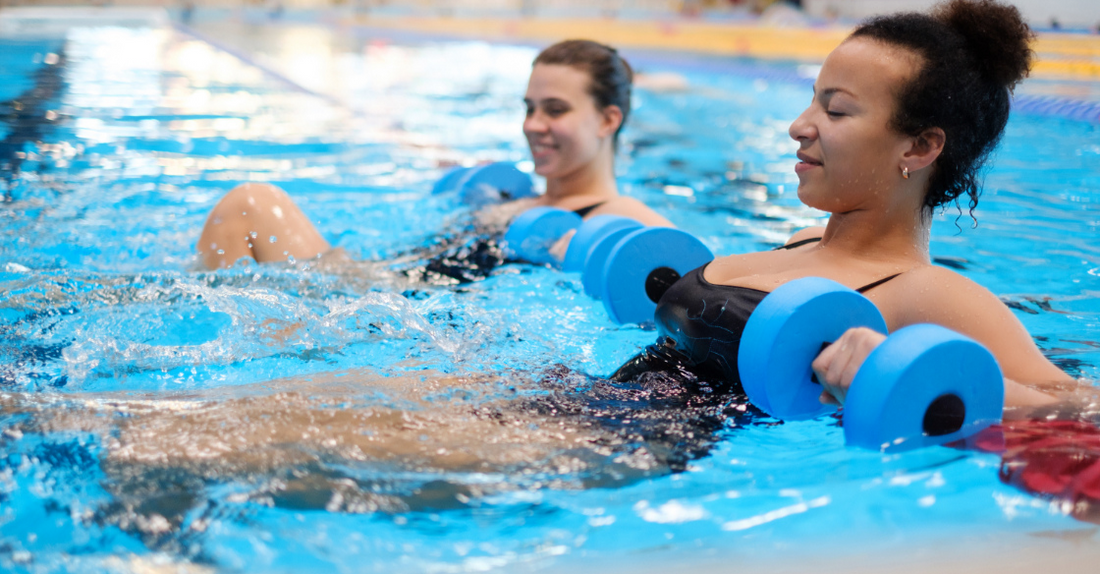Aquatic physical therapy is formally defined as “the evidence-based and skilled practice of physical therapy in an aquatic environment by a physical therapist,” which seems to take all the fun out of getting into a pool. But don’t worry, aquatic therapy is a great alternative to land-based PT for many conditions, with distinct advantages that can make it a much more pleasant experience than exercising in a gym or therapist’s office.
What is Aquatic Physical Therapy?
Different from cryotherapy, aquatic physical therapy or swim therapy is PT in a pool. You can adapt many treatment therapies, rehabilitation, prevention, and health and fitness exercises typically prescribed by physical therapists to take advantage of the unique properties of a water environment.
What Are the Advantages of Aquatic Physical Therapy?
Buoyancy in the water helps to support the patient's weight, taking pressure off of the joints. This is great for people with arthritis or who are overweight. With less stress on the joints, exercises become less painful and easier to perform.
The viscosity of water provides resistance, supplementing or substituting for weight training, again with decreased joint stress because of the water’s buoyancy.
Hydrostatic pressure produces even pressure around the submerged portions of the body, which is helpful to decrease swelling. It also increases positional awareness to help patients working with proprioception issues.
And finally, you can adjust the water temperature to help with muscle relaxation and increase blood flow to injured areas. This can be helpful to patients with back pain, muscle spasms, and fibromyalgia.

Who Can Benefit From Aquatic Physical Therapy?
With various conditions, disorders, and disabilities, people of all ages can benefit from working with a physical therapist using aquatic exercises designed for improved balance, coordination, flexibility, aerobic capacity and endurance, and overall function. Specific groups that can be helped by aquatic therapy include:
- Children with respiratory impairments
- Children with autism spectrum disorders
- Multiple sclerosis patients
- Patients with osteoarthritis and those recovering from total knee or hip replacement surgeries
- Patients seeking pain reduction
Aquatic therapy is effective at pain reduction, improving sleep patterns and mood, increasing functional mobility and cardiovascular endurance, increasing strength, range of motion, and flexibility, helping with balance, and improving the overall quality of life.
Who Should Not Use Aquatic Physical Therapy?
Aquatic physical therapy is advised against for those with cardiac disease. You should also avoid the pool if you are experiencing fever, infection, or bowel or bladder incontinence.
If you can’t swim, though, that doesn’t mean aquatic therapy is not for you. Just be sure to notify your physical therapist, so they are aware of your safety requirements.
How Does Aquatic Physical Therapy Work?
Every patient case is different, so there’s no one-size-fits-all program for aquatic physical therapy. Your physical therapist will work with you to determine an exercise program from which you will benefit the most. This includes specific exercises, frequency, and length of sessions. Often they will be right there in the pool with you, guiding you and making adjustments as you perform your exercises.
Many facilities have specialized pools that incorporate rails and devices for easy access and specialized equipment designed for use in the water.
Aquatic physical therapy is recognized as standard physical therapy by insurance companies. Depending on your state and insurance plan, you may or may not need a referral from your doctor, so be sure to check first before you dive in.

